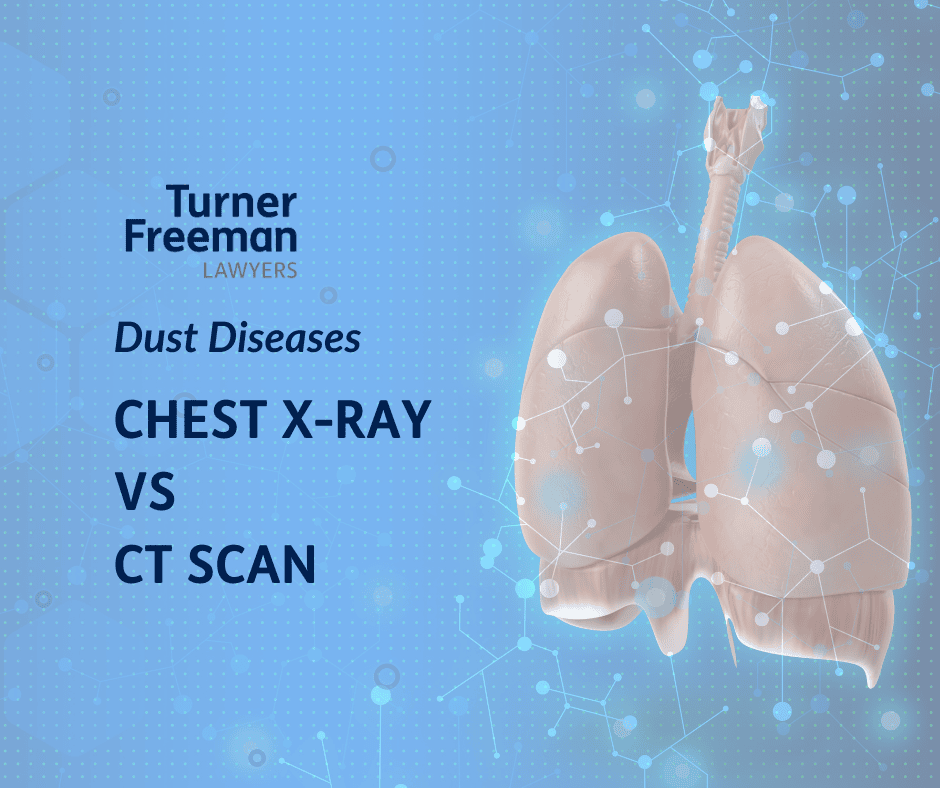On 17 May 2023, Professor Catherine Jones from I-Med Radiology presented on “Silicosis – What GP’s Need to Know”.
Professor Jones has a strong interest in cardio-thoracic imaging, including occupational lung disease imaging, particularly in dust exposed workers. During the course of her presentation, Professor Jones stated that over 500,000 workers had been exposed to silica dust during employment.
One main aspect of Professor Jones’ presentation was her discussion on the benefit of a chest x-ray versus a chest CT scan. Professor Jones stated that occupational disease on chest x-ray can “look remarkably unnoticeable” and noted that the Royal Australian and New Zealand College of Radiologist has decided that the most appropriate imaging for those exposed to dust would be a CT scan.
Professor Jones states of the chest x-ray that despite it being the most common imaging modality, it lacks sensitivity to early features of occupational lung disease and is very poor in detecting emphysema. Emphysema can be caused by silica dust exposure. On the other hand, Professor Jones stated that high resolution CT scanning has greater sensitivity and even though it carries a higher radiation dose, the dose is now much less significant than it was 10 years ago. Professor Jones provided an example of a chest x-ray and a CT scan of the same worker and there was a substantial difference between the two images.
Professor Jones spoke of the importance of proper screening which begins with the workers General Practitioner. This allows for screening of retirees and casual workers who are not subject to a mandatory surveillance program, but they are still people who should be investigated for dust diseases. Of the 1,053 workers who underwent mandatory screening in 2018, 22% had a diagnosis of silicosis and in 43% of CT positive cases, the chest x-ray was normal.
This serves a reminder to people exposed to dust, whether it be during their employment or outside of work, to monitor their health and discuss their exposure history with their General Practitioner.
If you have been diagnosed with a dust disease or think you may have a dust disease, we can provide obligation-free legal advice regarding potential entitlements to compensation that you may have.
Contact one of our offices today. We have offices throughout Australia, find your closest office here.

